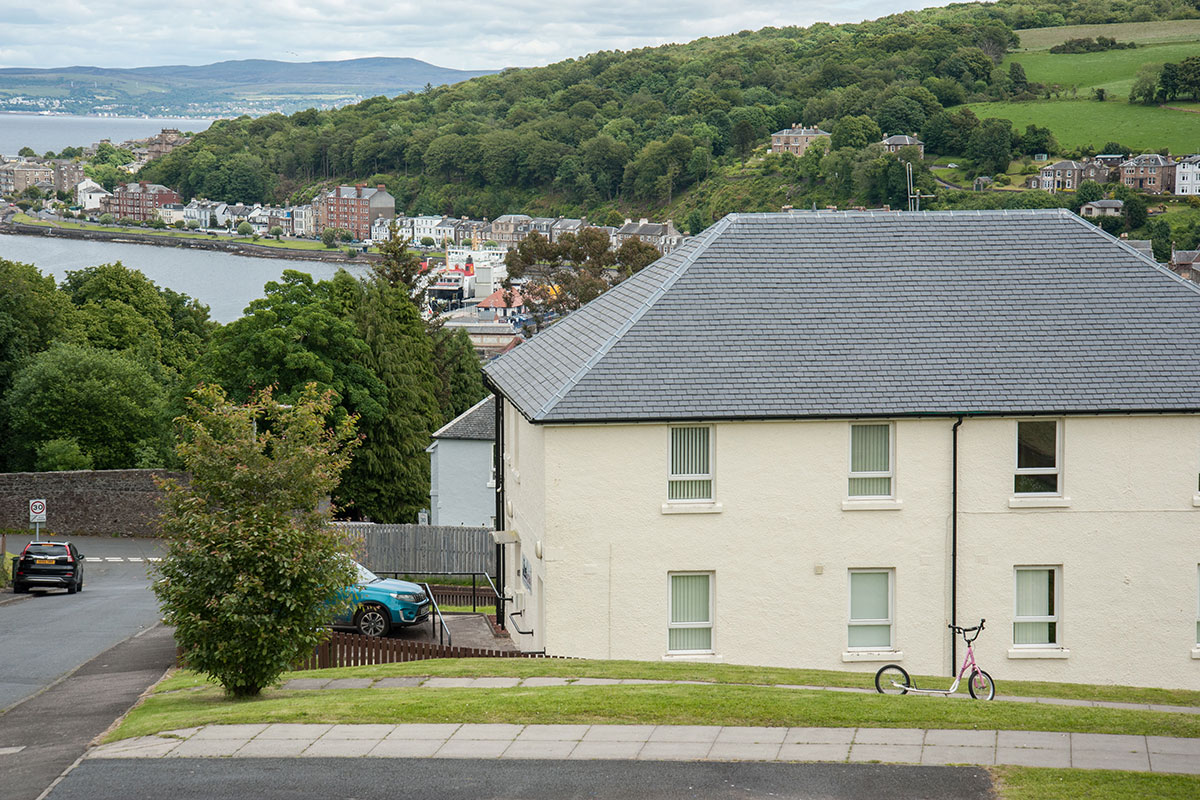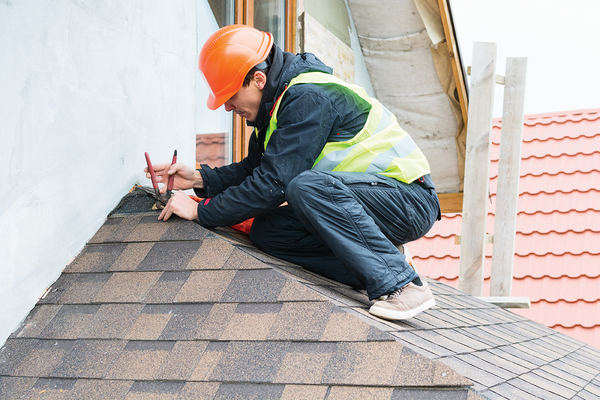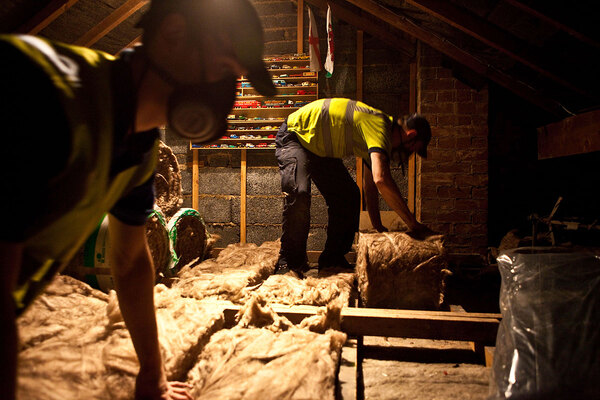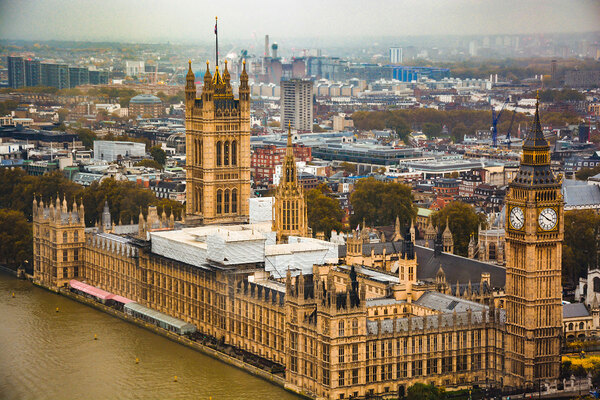VAT relief on retrofit can speed up Labour’s Warm Homes Plan
The government has an opportunity to boost green upgrades in social housing, writes David Lennan, chair of the National Warm Homes Council
The Budget on 30 October marks a once-and-for-all opportunity to help address the heat-leaking homes blighting the lives of families living in social housing across Britain. But how can the chancellor use the forthcoming Budget to speed up green upgrades while creating more jobs and bolstering the UK economy?
With the energy price cap having risen by 10% this month, there is an increasing need to support families with home decarbonisation and offering more affordable heating options.
There is also a race against time as the government has just announced it will look to improve the energy performance in both private and social rented properties by 2030.
Currently, private rented homes must meet an Energy Performance Certificate (EPC) rating of Band E, with no minimum standards for social homes. The new plans, which will be open for consultation this year, will raise this requirement to EPC C over this parliament.
The government has a vested interest in helping councils and housing associations upgrade their homes to become more energy efficient. It can do this by involving small and medium-sized enterprises (SMEs) in the retrofit industry to ensure those millions of homes in the social housing sector are upgraded in a short space of time.
However, the costs of retrofitting are becoming unaffordable for too many. The Federation of Master Builders claims that VAT costs put off about four million households annually from making energy-efficiency changes to their homes.
Currently, VAT relief for energy-saving materials is limited to a very prescriptive list of low-carbon technologies, barely updated since 2005, which ignores many more recent innovations.
“By installing and protecting loft insulation so that it lasts a lifetime, families will benefit from warmer homes and lower bills and emissions without a need to pay additional costs to insulate again”
VAT relief or exemptions vary depending on the product and the associated installation process. Many increasingly popular and easy-to-install technologies are currently excluded despite their primary purpose being to reduce energy consumption.
The relief is also only applicable if a contractor is used, excluding a homeowner or housing association from benefitting if they choose to upgrade the energy efficiency of the home through DIY. This provides the chancellor with the opportunity to update, expand and simplify this relief to capture the full range of materials and technologies available to help all homeowners reduce their energy consumption.
One such technology that should be exempt from VAT is loft insulation protection, which, if installed, could make a huge difference for social tenants. This is an increasingly popular solution for families and policymakers in search of easier, scalable and affordable ways to permanently cut bills and improve home energy efficiency.
By installing and protecting loft insulation so that it lasts a lifetime, families will benefit from warmer homes and lower bills and emissions without a need to pay additional costs to insulate again.
Though councils and housing associations support energy-efficiency measures in principle, they are price sensitive, too. This is not only the case for expensive technologies like heat pumps, but also for more affordable ones such as loft insulation protection.
Without a range of incentives, we will not scale the uptake of energy-saving materials and technologies required to the extent needed to achieve net zero. Our members report that even a 10%-15% price reduction can result in a 60%-70% increase in the uptake of measures.
To help all homeowners with the cost of transitioning to low-carbon heating, extending and clarifying the rules for VAT relief to include a broader range of innovative energy-saving equipment, such as always including loft insulation protection, would do much to incentivise councils or housing associations to make the much-needed green upgrades to homes.
By doing so, we can bring about the delivery of Labour’s Warm Homes Plan, but also deliver numerous other benefits. For social landlords and tenants, more affordable and accessible energy-saving materials such as loft insulation protection could enable immediate reductions in energy consumption, leading to lower bills. Once installed, more homes with these technologies will experience an immediate impact on their energy consumption, driving down bills.
The affordability of these products provides more attractive prospects for housing associations that may have concerns about the costs of larger technologies such as heat pumps.
“The next Budget really is the time to recognise the importance of technologies like loft insulation protection and ensure they are accessible to all”
For the industry, the uptake of these energy-saving materials in homes would drive growth in the UK energy-efficiency supply chain, supporting British SMEs and creating green jobs. There is also export potential of selling into other markets, as we are seeing already with British loft insulation protection becoming popular in the US.
For the UK government, the greater use of these products and an expanding industry would lead to an increasing number of corporation tax receipts, offsetting the small impact of VAT relief. The reduction in energy bills for households could also benefit the economy, with tenants having more disposable income.
Given that the government wants to cut energy bills for families while keeping to tight fiscal rules, it may be more prudent for it to help councils and housing associations adopt loft insulation protection as one of the easiest, least risky and most affordable ways to drive energy efficiency and future-proof homes.
The next Budget really is the time to recognise the importance of technologies like loft insulation protection and ensure they are accessible to all. By expanding VAT relief, the chancellor can encourage widespread adoption of these energy-saving solutions, boost green upgrades and create a more sustainable future for the UK.
David Lennan, chair, National Warm Homes Council
Sign up for our asset management newsletter
Already have an account? Click here to manage your newsletters













